
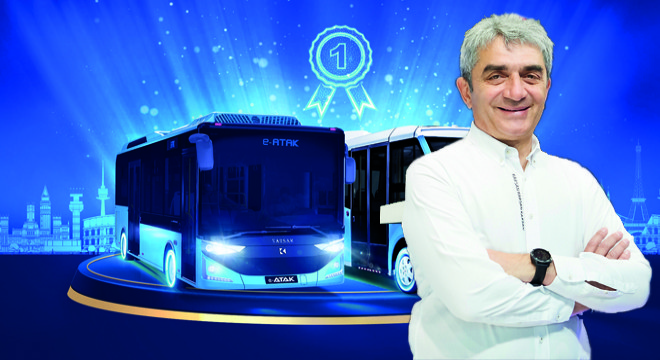
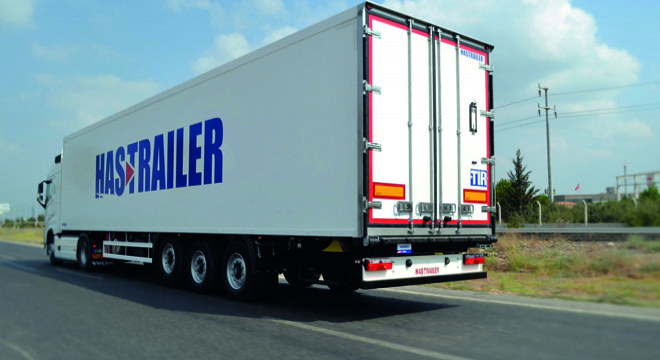
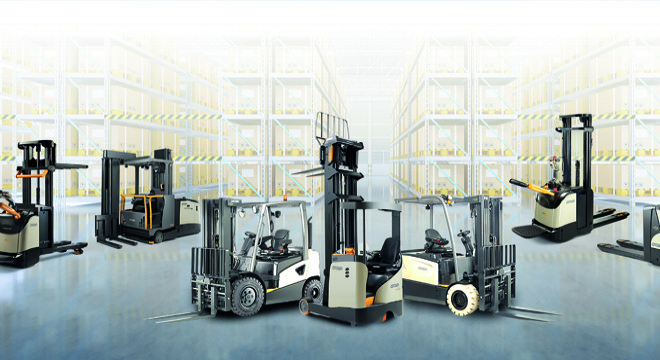
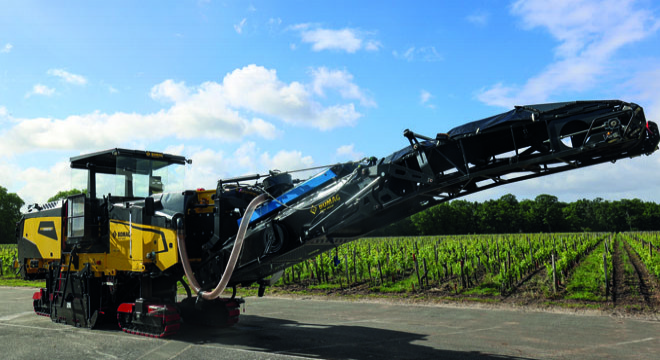
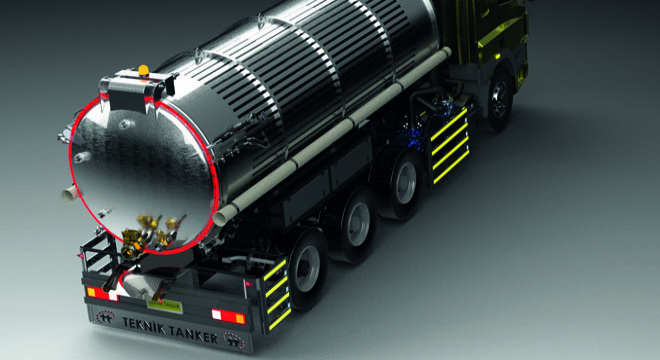


CO2 emissions generated by air traffic is the subject of heavy criticism. With the new, electro-hydraulically driven E-Catering Wiesel (ECW), KAMAG Transporttechnik is helping airports to significantly improve their carbon footprint. As there is still a lack of CO2-neutral propulsion or fuel alternatives for air traffic, many airports are working on minimising CO2 emissions on the apron. The E-Catering Wiesel has a 156 kW electric motor that directly drives the rear axle of the vehicle, i.e. without having a gearbox or converter fitted in between. The working hydraulics of the vehicle are in turn driven by a separate electric motor. This supplies the steering with oil during moving procedures and the hydraulics during the catering operations. The cooling unit of the box body is a so-called split device whereby the chiller is positioned on the chassis while the evaporator fitted in the body of the vehicle. The use of multiple electric motors greatly improves the energy efficiency of the vehicle because only the engine is running which is needed depending on the working cycle.
Sufficient battery capacity for a full work shift
The standard two lithium-ion battery packs of the E-Catering Wiesel provide a total capacity of 80 kWh. "For the working cycles typical for airports, this is sufficient for an operating time of eight hours. This means that the ECW is more than capable of handling a complete work shift”, explained Jürgen Haupt, Head of Sales Logistics at KAMAG. The batteries can subsequently be recharged using charging stations or with the help of a wallbox. In addition, the vehicle has an on-board charger with a capacity of 22 kW which allows charging to take place by means of conventional power sockets. The electric motor also acts as a generator during braking operations and stores energy that would otherwise be lost as waste heat from the brakes back into the battery.
The electro-hydraulic drive smoothly accelerates the vehicle with a continuously variable procedure whilst likewise being free of tractive power interruptions therefore providing comfortable driving conditions for the operator up to a top speed of 40 km/h. As a result, the ECW bridges the usual distances of three to four kilometres to the aircraft in a very short time. In addition, the E-Catering Wiesel fully complies with the requirements of the Road Traffic Licensing Regulations and can thus also transport catering kitchens for loading purposes outside the airport area.
A unique range of transfer heights
Unique on the market is also the range of transfer heights provided by the ECW which means the Wiesel can dock onto almost all types of aircraft (exception: A 380 Upperdeck). The ECW 2160 standard version has a transfer height above the driver´s cab of at least 2,100 mm and a maximum of 6,000 mm. As an option, transfer heights from 1,350 to 6,000 millimetres (ECW 1460) are available. In addition, a version for ground-level transfer can be provided (ECW 060). This makes a lot of sense if small private jets are to be loaded. In short: one size fits all! With the versatile E-Catering Wiesel from KAMAG, special catering vehicles for individual types of aircraft are unnecessary.
Transfer bridge acts as tail lift
In order to facilitate the extremely low transfer heights, the ECW 1460 and ECW 060 - unlike the standard ECW 2160 - move the cabin hydraulically to one side so that the 950 millimetre wide transfer bridge on the front of the vehicle next to the cabin is lowered to the ground. Here, the transfer bridge works like a tail lift. "This functionality currently beats everything that is available on the market," explains Haupt. For the lowering function of the body, it is also not necessary to reduce the cabin equipment to a minimum. Every version of the E-Catering Wiesel comes with a fully equipped driver´s cab and two full-sized, comfortable seats.
Operator does not freeze in the refrigerated body
KAMAG also attached great importance to user-friendliness when developing the E-Catering Wiesel. The vehicle comfortably meets all safety standards. As a result, the operator does not have to wait in the refrigerated body until the vehicle has safely docked onto the aircraft. On the ECW, his place is on a weather-protected balcony in front of the body. The operator does not open the roller door of the refrigerated area until the transfer of the catering roll containers can begin. This reduces the loss of cooling performance through the door. In addition, KAMAG limits the width of the roller door to 1,200 millimetres. This likewise contributes to the excellent energy efficiency of the ECW.
No reduction in payload and loading length
In spite of the balcony positioned at the front, the body has sufficient loading length (7,375 millimetres) in order to accommodate the number of roll containers usually required by the customers. This applies equally to the payload of 4,500 kilograms. Once again, the customer does not have to be subjected to any compromises. In addition, the hydraulic lifting mechanism of the vehicle body can be used during wind speeds of up to 50 knots while airport and employers' liability insurance regulations only stipulate 40 knots.
Perfect view of the road and aircraft
Another outstanding advantage of the E-Catering Wiesel is the new driver's cab: an in-house development from KAMAG. The large, undivided glass surface of the cabin allows an unobstructed view of the route in front of the vehicle. In order that the driver can properly see the aircraft at close proximity and thus manoeuvre safely, KAMAG complements the viewing area by means of a large roof window. The cab is also mounted in an extremely low position so operators only need to negotiate a flat step when entering or exiting.
The entire know-how of KAMAG comes together in the cab as well as on the chassis. After all, in 2001 the expert for special vehicles introduced the first versions of the catering vehicle on the Wiesel platform at international airports. These already had the same high level of functionality but they still featured a diesel drive. In view of this, it is not surprising that the ECW has already passed its baptism of fire. Vienna Airport has tested a prototype in everyday airport use. In the meantime, the airport is operating a close-to-production vehicle. This vehicle can now be seen during the inter airport Europe 2019 trade fair at the KAMAG stand.
 |
 |
 |
 |
|||||
|
|
|||||||
 Küfür, hakaret içeren; dil, din, ırk ayrımı yapan; yasalara aykırı ifade ve beyanda bulunan ve tamamı büyük harflerle yazılan yorumlar yayınlanmayacaktır. Neleri kabul ediyorum: IP adresimin kaydedileceğini, adli makamlarca istenmesi durumunda ip adresimin yetkililerle paylaşılacağını, yazılan yorumların sorumluluğunun tarafıma ait olduğunu, yazımın, yetkililerce, fikrim sorulmaksızın yayından kaldırılabileceğini bu siteye girdiğim andan itibaren kabul etmiş sayılırım. |







